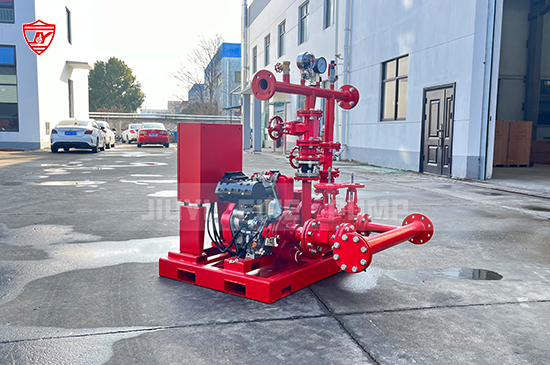Fire pumps are the backbone of fire protection systems, ensuring adequate water supply during emergencies. However, if not properly maintained and tested, they may fail when needed most. This is why regular fire pump run tests are essential for ensuring emergency readiness and compliance with NFPA 20 standards.

A fire pump run test is a scheduled operation of the pump to verify its functionality under real conditions. It assesses key performance indicators, including pressure, flow rate, and mechanical integrity, ensuring the system operates effectively during a fire emergency.
Ensures System Reliability
Over time, fire pumps can experience wear and tear, leading to performance degradation. Regular testing helps identify potential failures before they become critical.
NFPA 20 Compliance
Fire codes and insurance regulations require periodic testing of fire pumps. A well-documented run test schedule ensures compliance with NFPA 20 and local fire safety laws.
Identifies Mechanical or Electrical Issues
Fire pumps consist of complex components such as motors, impellers, and controllers. Run tests detect electrical faults, diesel engine malfunctions, or water supply issues.
Prevents Corrosion and Stagnation
Infrequently used fire pumps may suffer from corrosion, seal deterioration, or water stagnation. Regular operation helps keep all components in optimal condition.
Verifies Automatic Start Functions
Many fire pumps operate automatically in an emergency. Run tests confirm that automatic starting mechanisms, sensors, and controllers function correctly.
According to , the recommended schedule is:
A properly tested fire pump can make the difference between a contained fire and catastrophic property loss. By conducting routine run tests, businesses and facility managers ensure their fire protection systems remain operational when needed most. Don't wait for an emergency—schedule your fire pump run test today!